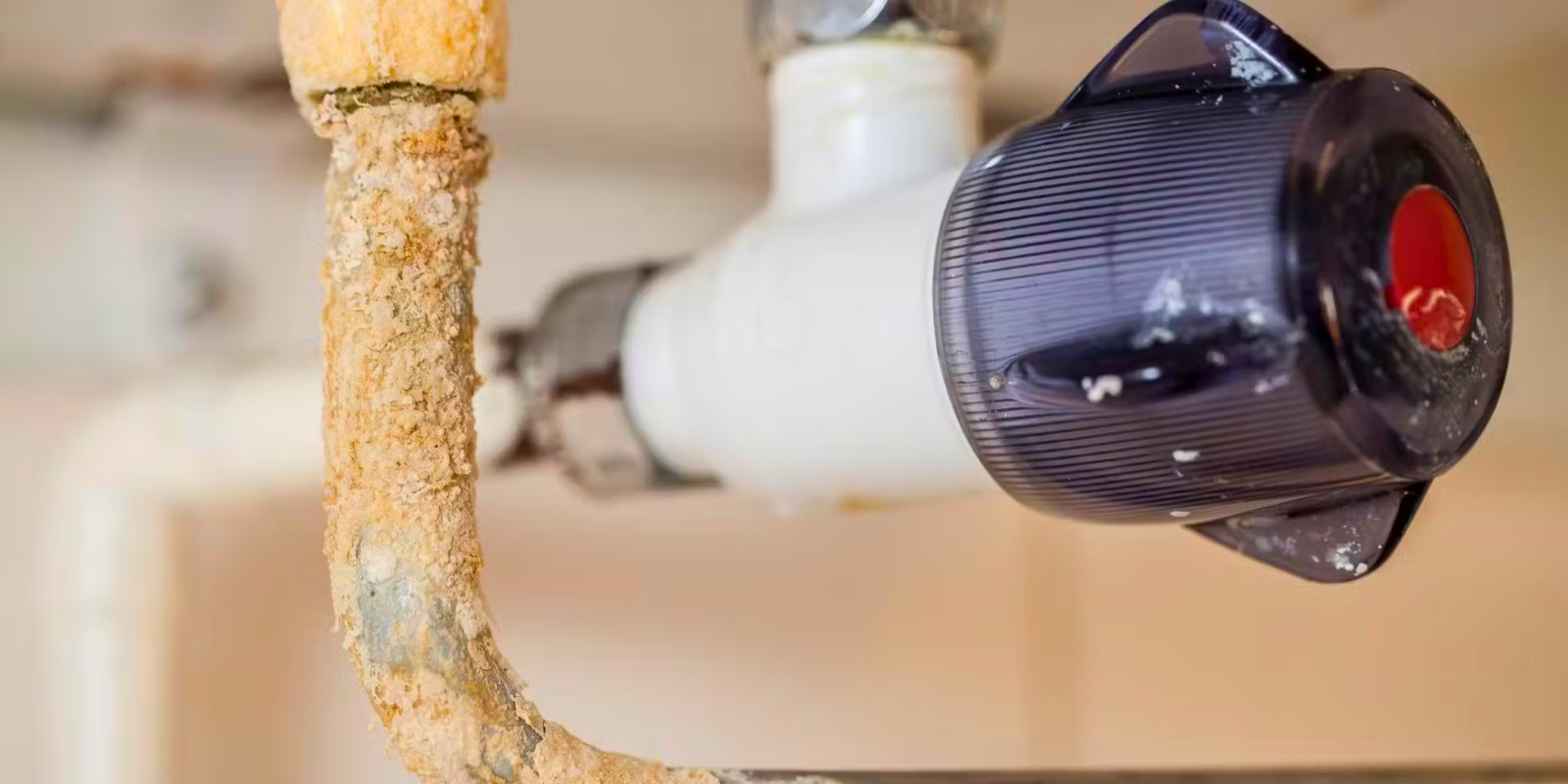
Clogs in drains are a common household problem that can be quite frustrating to deal with. They can result in unpleasant odours, slow drainage, and in some cases, even burst pipes. Fortunately, there are various drain cleaning tools available to help you clear clogs and restore your plumbing system to normal functioning. In this article, we will explore how to choose the right drain cleaning tool to tackle different types of clogs.
Drain cleaning is an essential task that every homeowner should perform regularly to ensure that their pipes and drains are functioning correctly. There are many different types of drain cleaning tools available on the market that can help to clear clogs and prevent future blockages. Below are some of the most popular ones available:
A plunger is a classic tool that is widely used to clear clogs in sinks, toilets, and shower drains. It works by creating suction that dislodges the obstruction, allowing water to flow freely. When choosing a plunger, look for one that has a sturdy handle and a pliable rubber cup that can create a tight seal around the drain.
A drain snake is a flexible cable that is inserted into the drain and rotated to break up and remove clogs. It is particularly effective for removing hair and other debris that can accumulate in the drain. There are various types of drain snakes, including hand-operated ones and electric ones that can be attached to a drill. When choosing a drain snake, consider the length of the cable, the diameter of the drain, and the material of the cable.
Similar to a drain snake, a drain auger is a long cable that is used to clear clogs. However, unlike a drain snake, a drain auger has a rotating blade at the end that can cut through tough obstructions such as tree roots. Drain augers are typically used for larger drains such as sewer lines. When choosing a drain auger, consider the length of the cable, the size of the blade, and the material of the cable.
Choosing the right drain cleaning tool can be a daunting task, especially if you are new to drain cleaning. Below are some factors to consider when picking a tool.
The type of clog you are dealing with will determine the type of drain cleaning tool you should use. For example, a plunger is effective for clearing simple clogs such as those caused by soap or hair, while a hydro jet is more appropriate for clearing tough clogs caused by grease or tree roots.
The size of the drain will determine the diameter of the drain cleaning tool you should use. For example, a small sink drain will require a smaller diameter tool than a large sewer line.
The material of the pipes will determine the type of drain cleaning tool you should use. For example, PVC pipes can be damaged by a drain auger with a metal blade, while copper pipes can withstand more abrasive cleaning methods.
By choosing the right tool for the job and considering factors such as the type of clog, the size of the drain, and the material of the pipes, you can effectively clear clogs and prevent future blockages. Remember to always follow the instructions provided with the drain cleaning tool and wear protective gear such as gloves and goggles when necessary.
Don't let plumbing problems disrupt your daily routine. Call ERM Plumbing & Heating for reliable and efficient plumbing repair services in Calgary. Our team of experts is available 24/7 to ensure your plumbing systems are running smoothly.
.jpg)
Actionable strategies to protect your pipes during our harsh winters.
Read More
As Calgary shifts from summer into cooler evenings, many homeowners will soon test their furnace
Read More
If you live in Calgary, chances are you have dealt with hard water at some point.
Read More